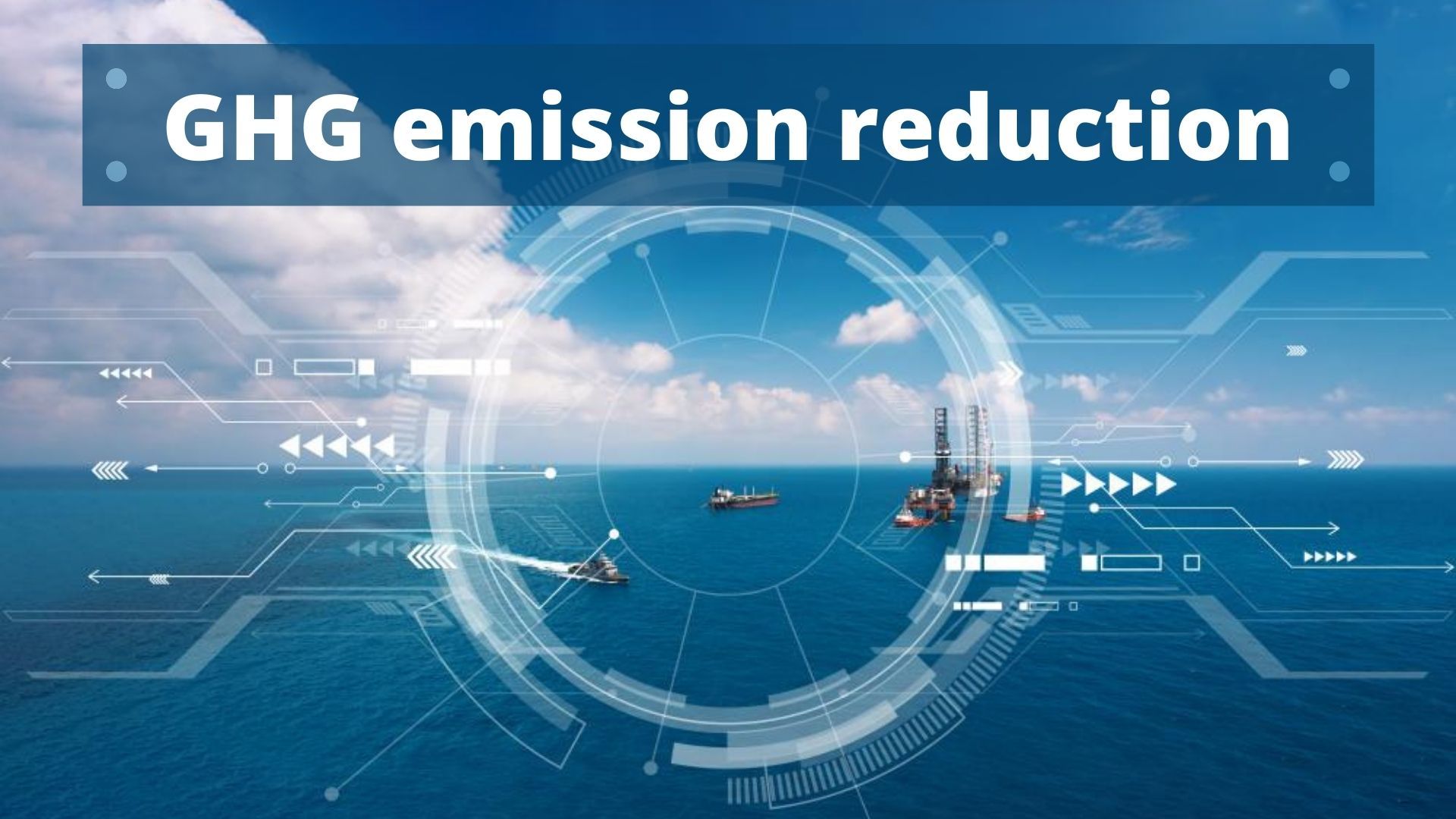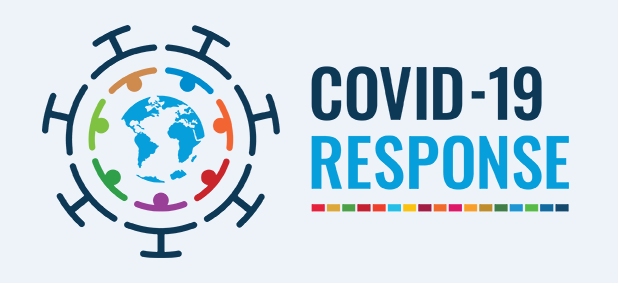Standardization and Conformity Assessment of GHG Emission Reduction Quantification and it's Effectiveness of ISO : 14064 series
Standardization and Conformity Assessment of GHG Emission Reduction Quantification and it's Effectiveness of ISO : 14064 series

Satish K. Gupta
Distinguished Research Fellow, IISD
Former, Deputy Director General (DDG), BIS
Ministry of Consumer Affairs, Food & Public Distribution, Government of India.
ISO : 14064-1:2018, is a three part international standard for GHG management activities,
including the development of entity emission inventories. The standard includes minimum
requirements for GHG inventories, which provide a basic structure against which credible & independent
auditing can be performed. The ISO : 14064 standard offers policy makers a ready formulation of best
practices upon, which to build a GHG reduction program.
ISO : 14064 offers organizational users offers organizational users opportunities for
improved consistency, increased flexibility & decreased efforts associated with inventories.
Part I is used to conduct a GHG inventory. Part 3 provides a standard process for conducting a
verification of a GHG inventory or a reduction process. In order to address the quantification
and reporting of greenhouse emissions & verifications, the standard has relevant clauses.
It is guide for the private and public sector in developing GHG inventories for their
organization as well as foundation for policy makers and program developers for initiative
to address the global environmental challenge of climate change. ISO : 14064 consists of three parts,
each with a different technical focus. Part 1 of the standard is
titled "Specification with guidance at the organization level for quantification and reporting of greenhouse gas emissions and removals".
This part of standard addresses conducting green house emission inventories of organizations such as corporates using a bottom up approach
to data collection, consolidation and emission quantification. Part 2 of the standard addresses quantification and reporting of emission
reductions from project activities. Part 3 of the standard is titled
as "Specification with guidance for the validation and
verification of greenhouse gas assertions." This part of the standard establishes a process for verification of a greenhouse
statement, including organization inventories, regardless of whether or not the inventory was developed under Part 1.
The Enhanced Transparency Framework for Action and Support is a important component to the designs,
credibility and operation of Paris Agreement. UNFCCC, (2-15 Dec 2018), Report of the conference of
parties serving as the meeting of the Parties to the Paris Agreement on the third part of its first
session held in Katouice, Part 2 ( Action taken by COP serving as the meeting of the Parties),
decision 18/CMA-1 (Modalities, procedures and guidelines for the transparency framework for action & support
referred to in Article 13 of Paris Agreement (in the Annex) portion mention that
the purpose of the framework for transparency of action is to provide a clear
understanding of climate change action in the light of the objective of correctness
as set out in its Article 2, including clarity and tracking of process towards achieving
parties individually NDC'S under Article 4. Therefore the relevance of ISO : 14064, is prevalent at this stage.
________________________________________
Shri Satish K. Gupta is a Distinguished Research Fellow at Indian Institute of Sustainable Development (IISD), New Delhi and Former, Deputy Director General (DDG), Bureau of Indian Standards (BIS) under Ministry of Consumer Affairs, Food & Public Distribution, Government of India.











